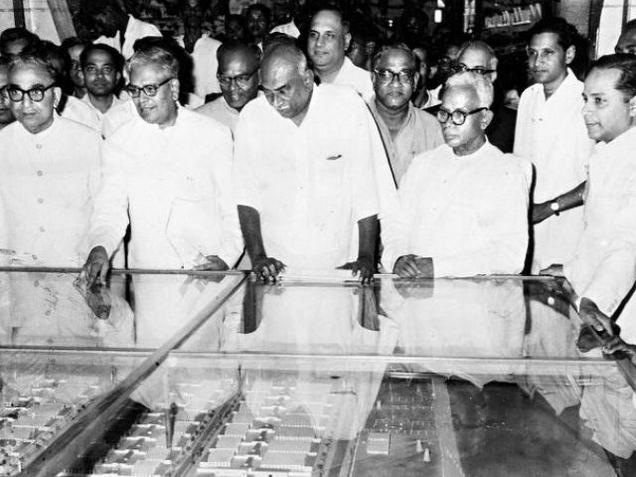
Ambattur Industrial Estate that turns 50 today has great milestones to cherish and new goals to reach for.
From a sleepy village of paddy fields with mud paths for roads, the Ambattur Industrial Estate has come a long way. The estate, which turns 50 on July 3, is now a thriving hub of small- and medium-scale industries.
Established in 1965 with the efforts of the then Industries and Power Minister, Madras State R. Venkataraman, the estate was inaugurated by the then Congress president K. Kamaraj and was home to 400 units, manufacturing locomotive and automobile accessories. Now, spread over 1,200 acres, the estate has grown to accommodate over 2,000 industrial units in the manufacturing and service sectors, including consumer durables and garments.
Senior industrial unit holders and members of the Ambattur Industrial Estate recall those days when the estate was dotted with units manufacturing engineering components. It was reported to be Madras State’s largest industrial estate that accommodated small-, medium-, and large-scale industries by The Hindu . Mr. Venkataraman had also contributed to the four-page inauguration supplement brought out by The Hindu .
A former president of the Ambattur Industrial Estate Manufaturers’ Association (AIEMA) recalled Mr. Venkataraman’s foresight and how he pitched for an elevated corridor to divert heavy vehicular traffic from the estate right then. Chennai Bypass now takes the traffic from Tambaram to Red Hills without any hindrance to the estate.
In the late 1960s, many engineering graduates launched units at Ambattur. “I shifted from Pune to Chennai to open my unit here. It was convenient for many like me to stay in Anna Nagar and run the unit at Ambattur that also has a railway station,” said a past president of AIEMA.
With rapid development in the past decade, several software companies have also set their eyes on the estate. Infrastructural issues such as poor roads and waterlogging have been eliminated.
“We have many welfare measures for employees, including a hospital. Our crèche, which accommodates 100 children, is one of the few such facilities available in industrial estates. We are focussing on making it a green estate with effluent and sewage treatment facilities,” AIEMA president K. Sai Sathya Kumar said.
Having exhausted space for expansion, the units are now scouting for land to set up an ancillary estate.
source: http://www.thehindu.com / The Hindu / Home> News> Cities> Chennai / by K. Lakshmi / Chennai – July 03rd, 2015